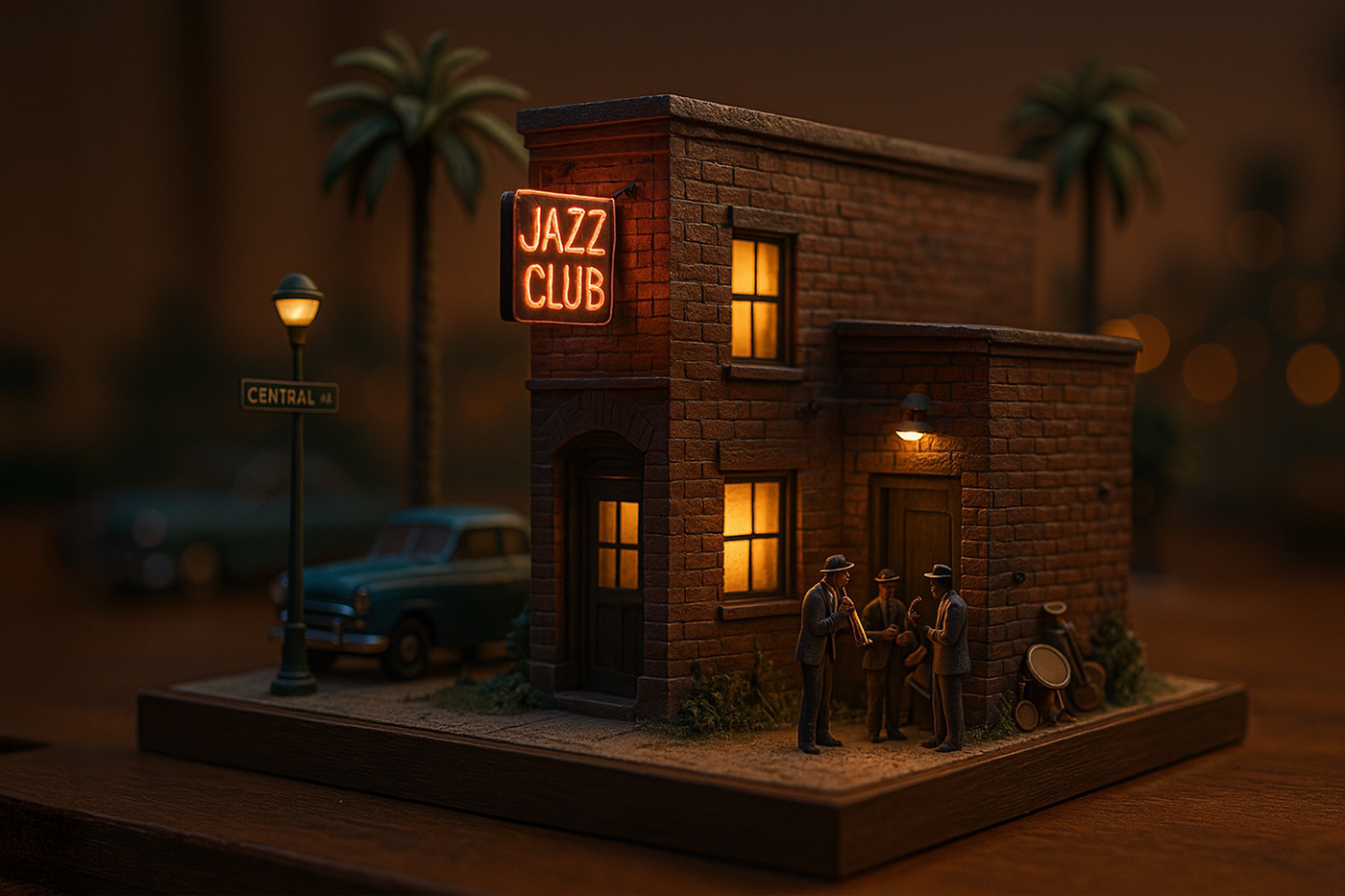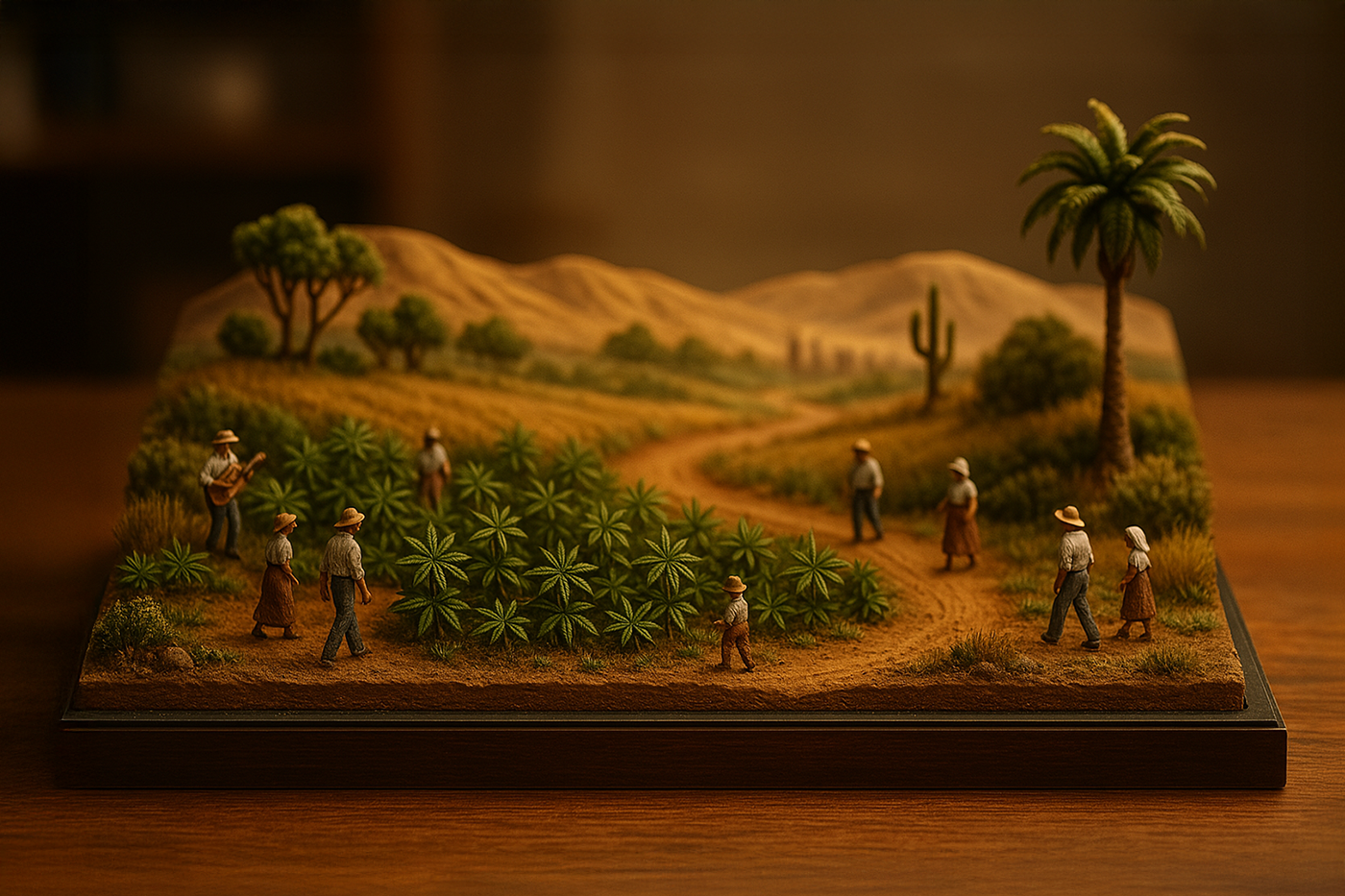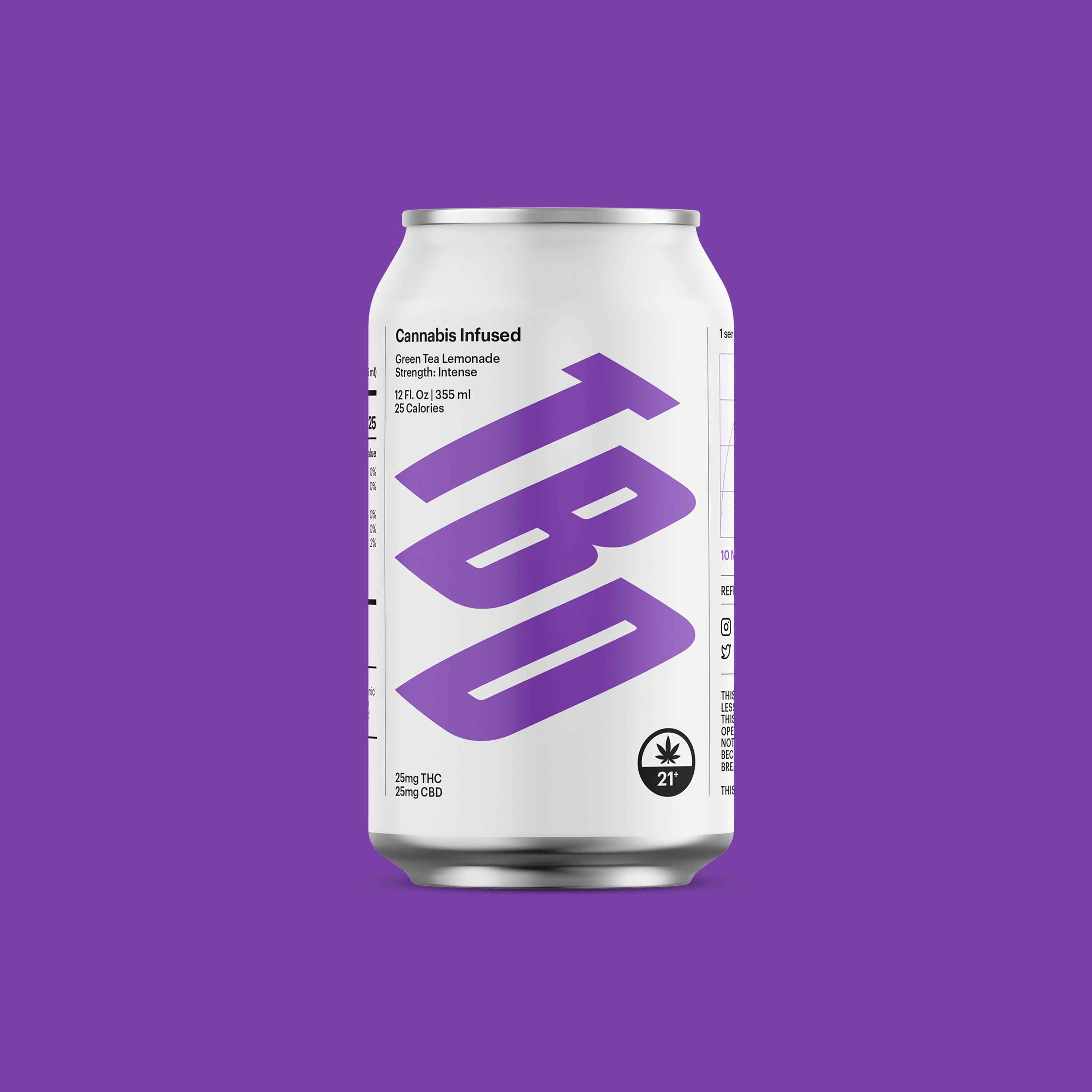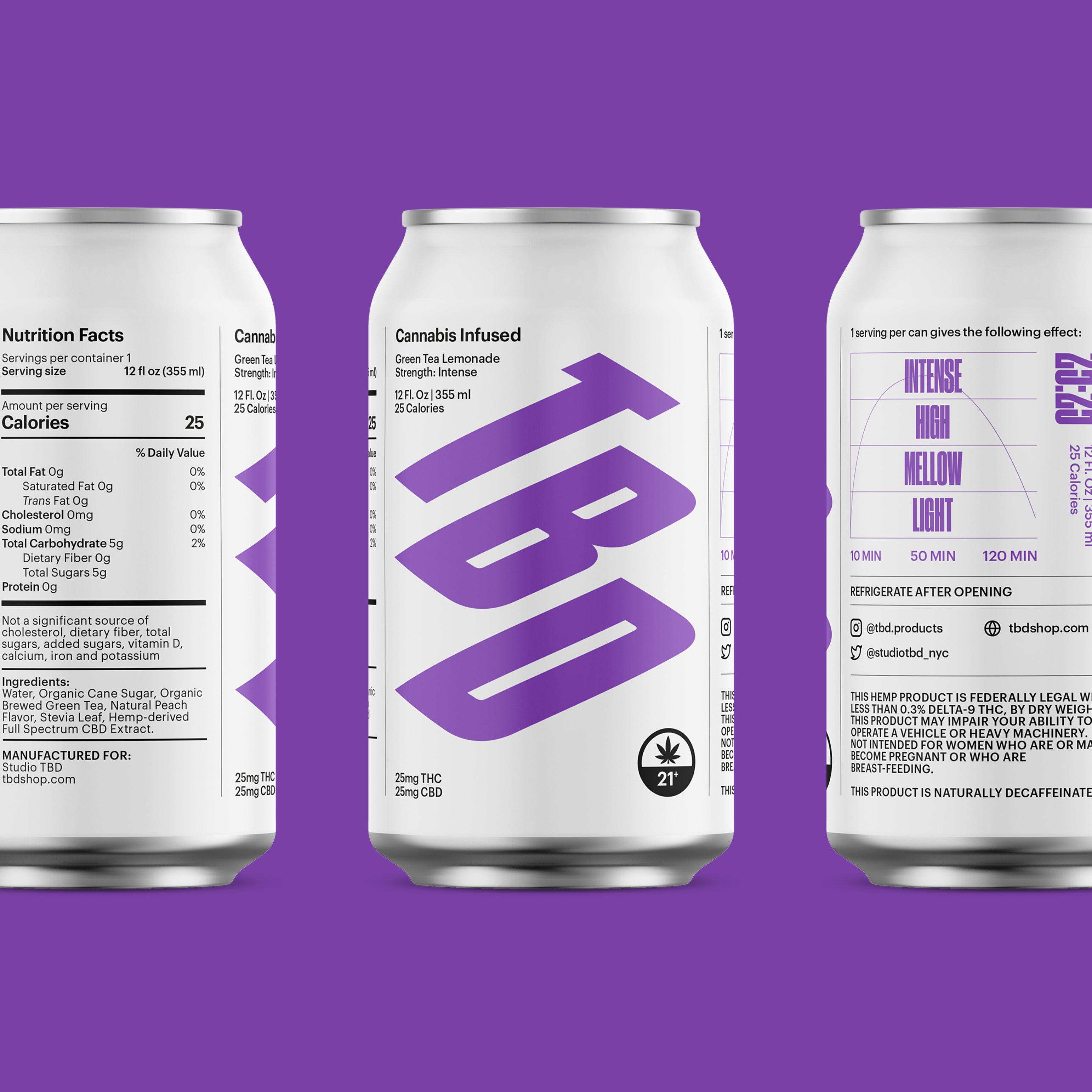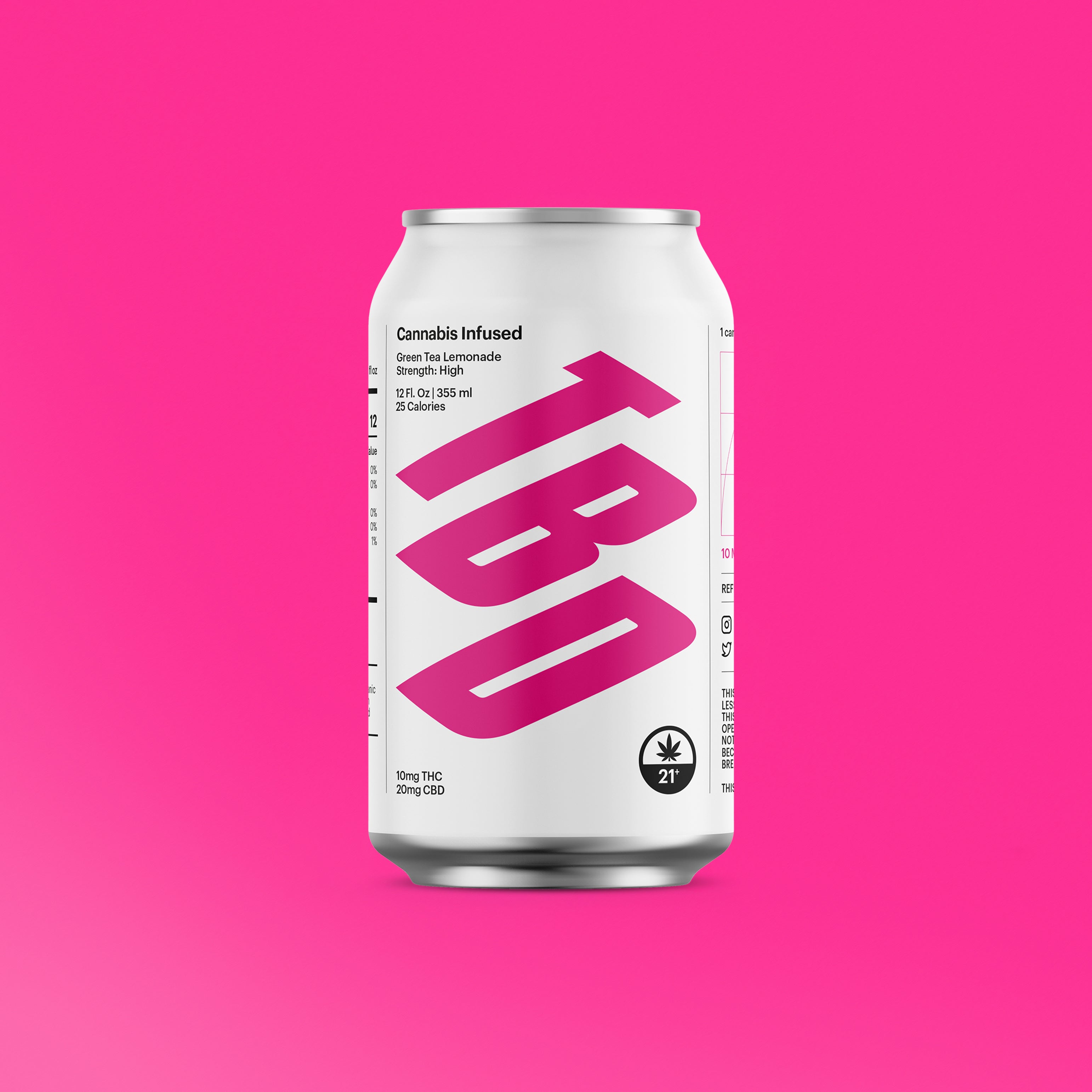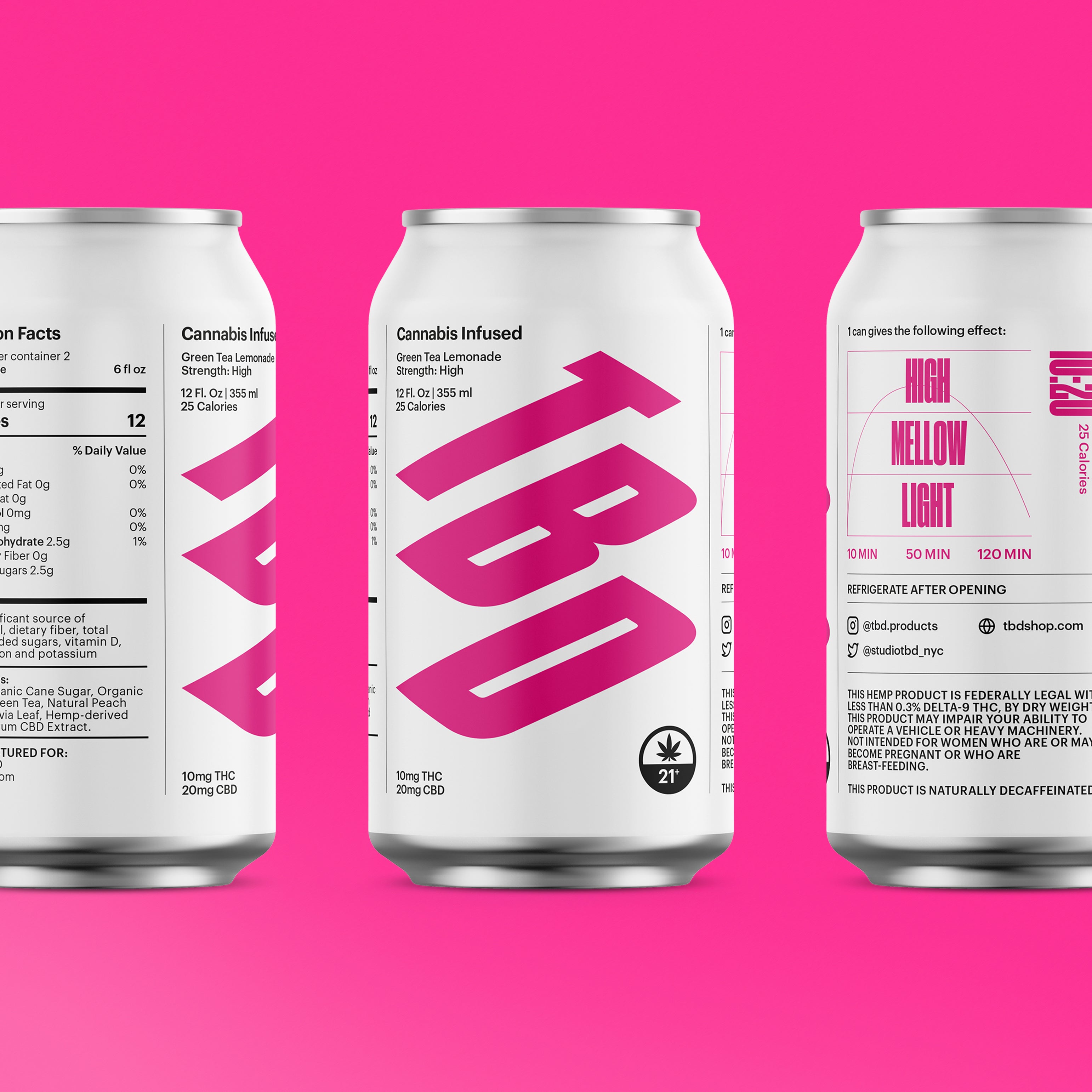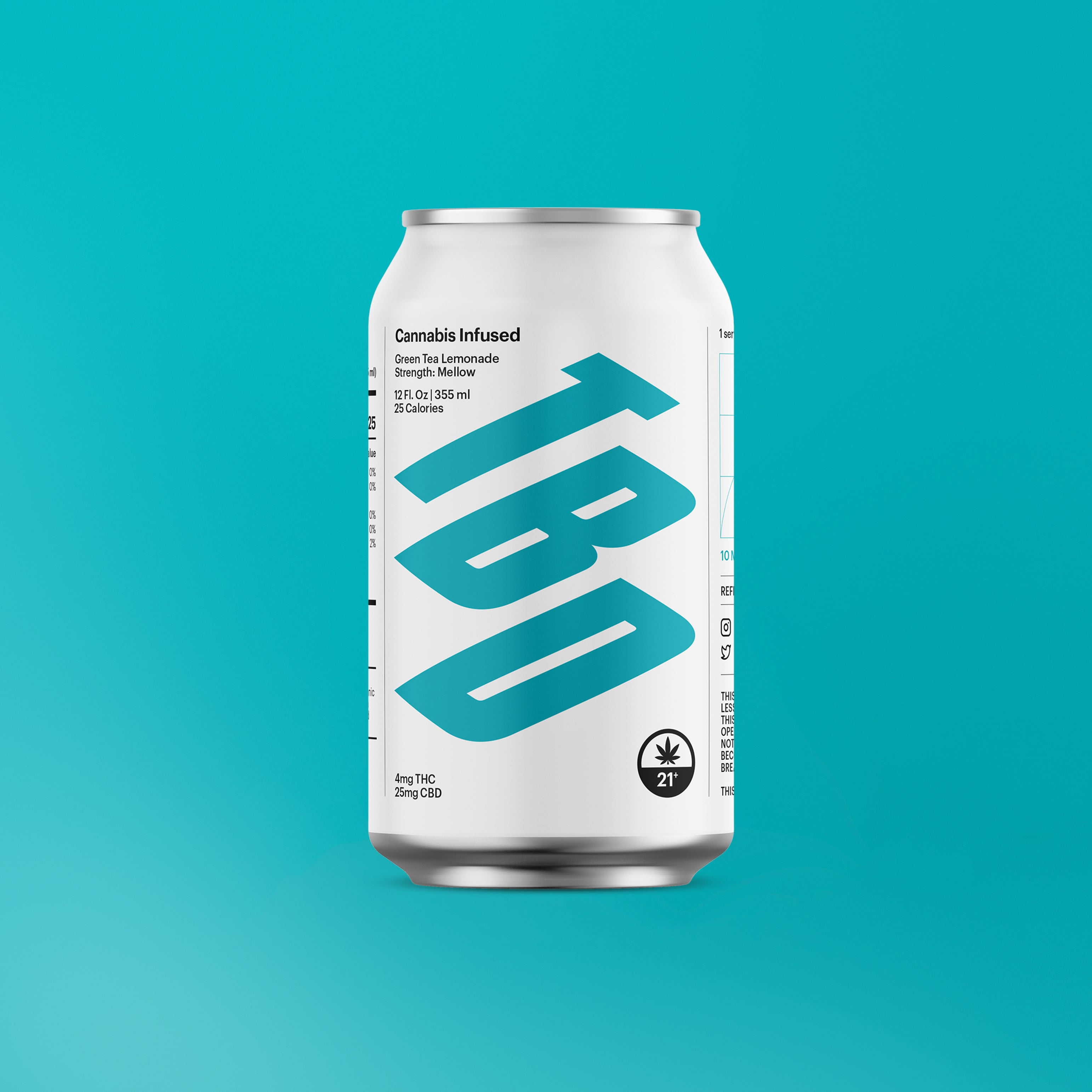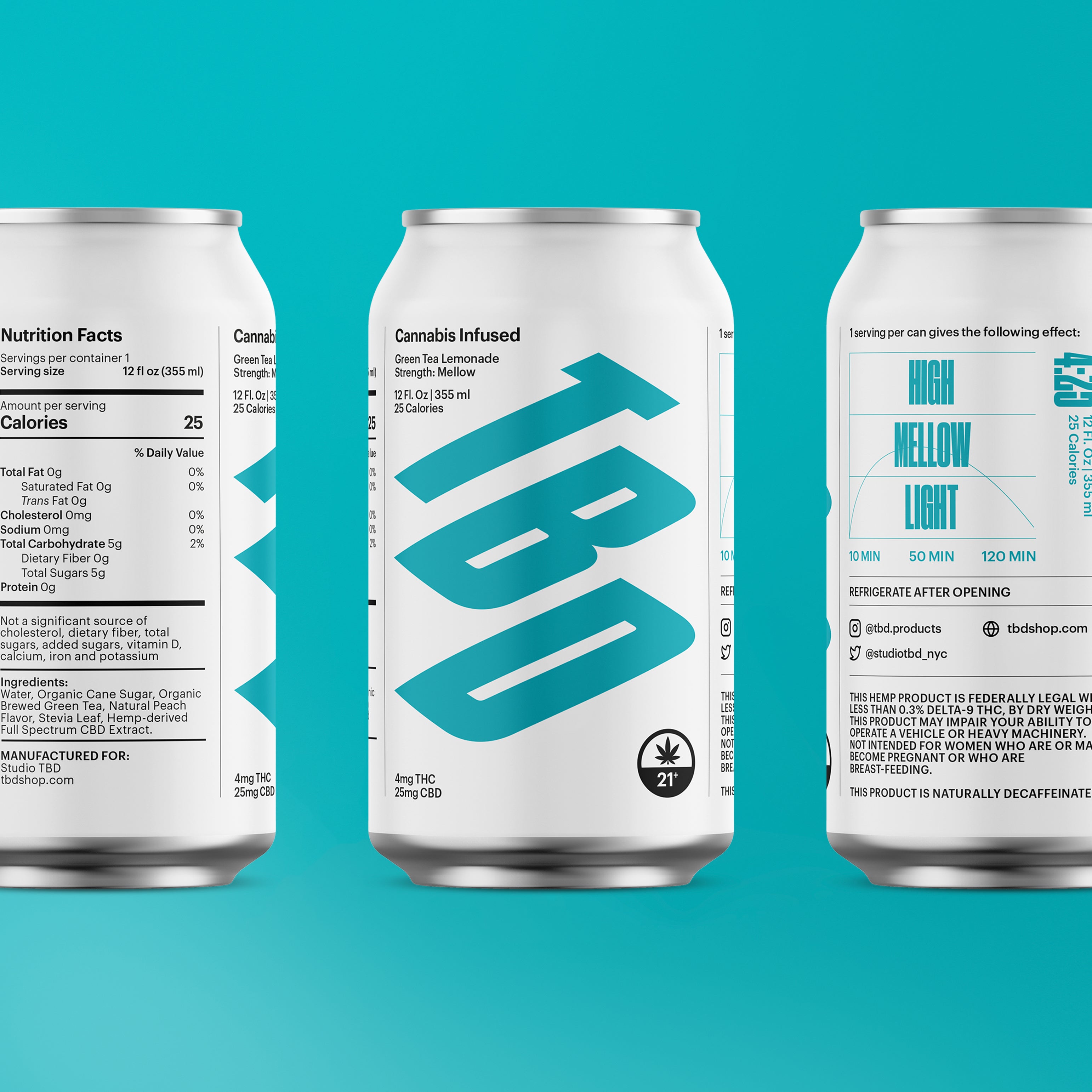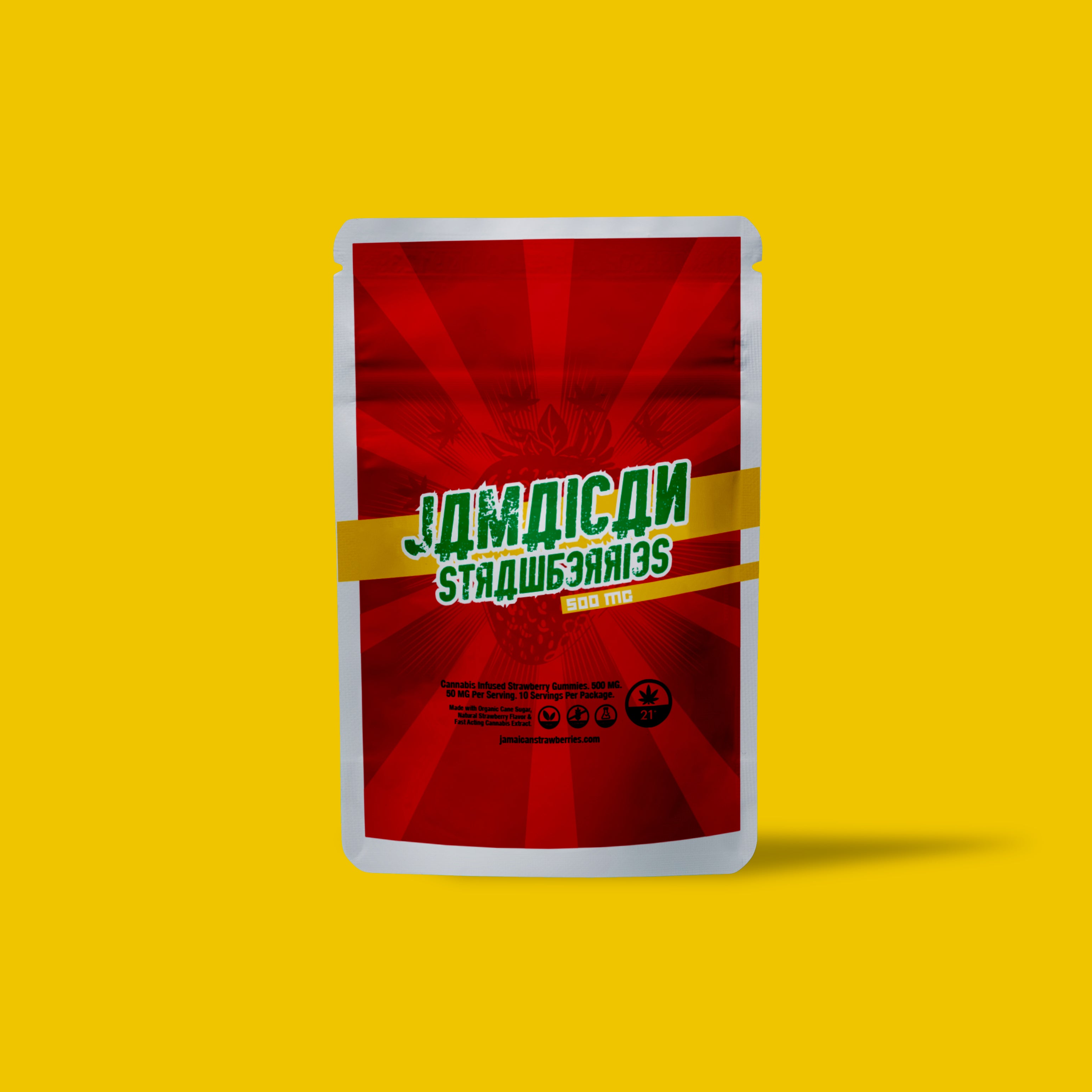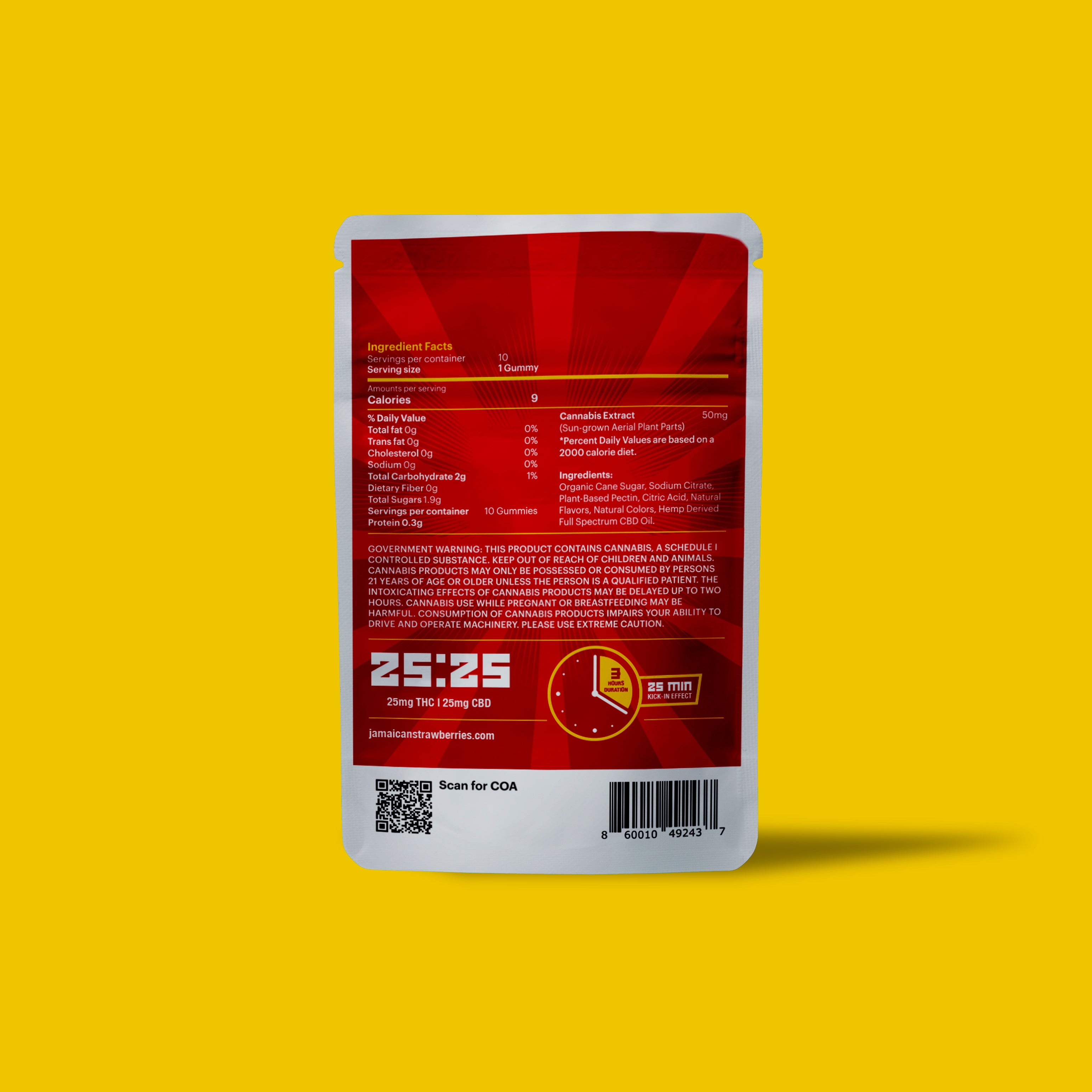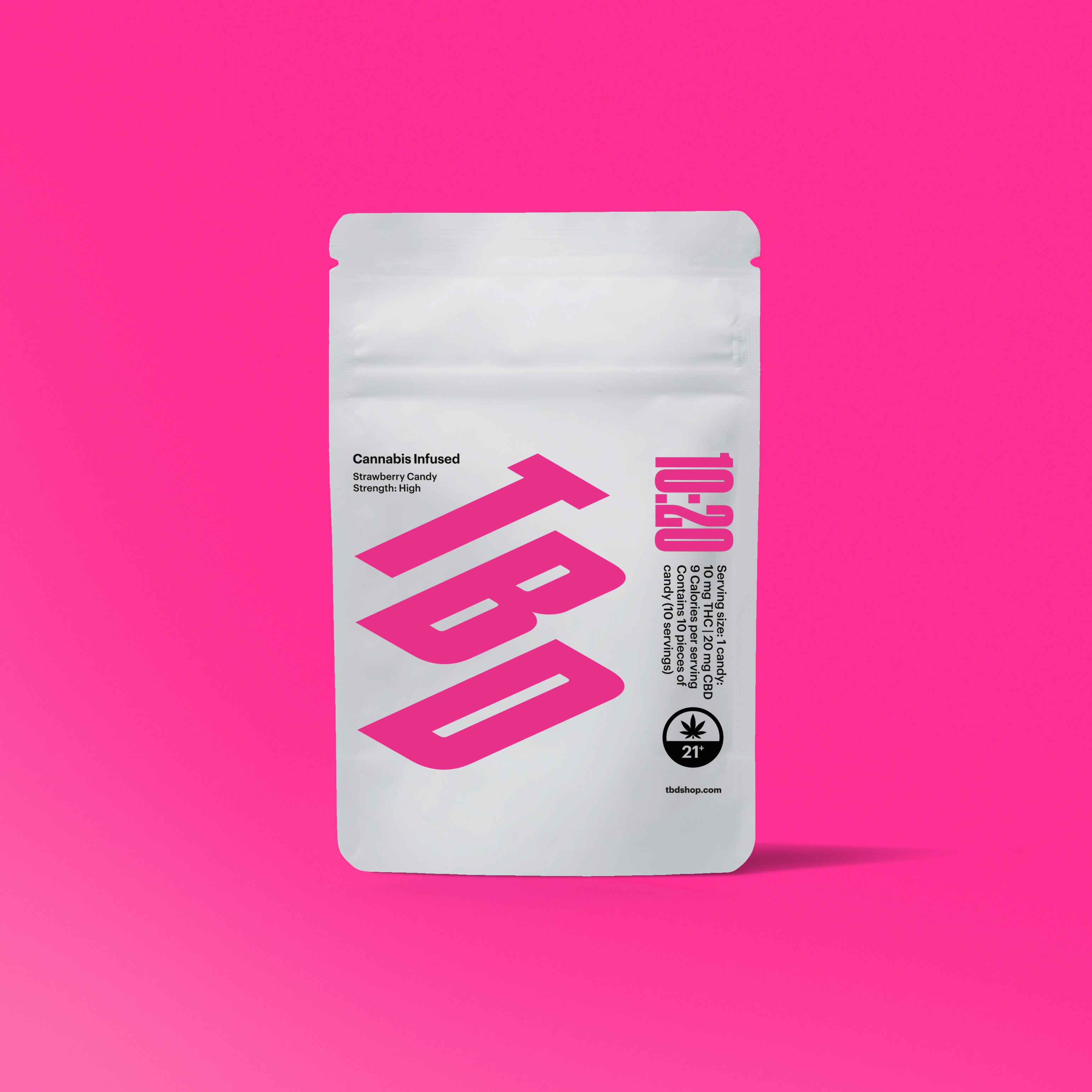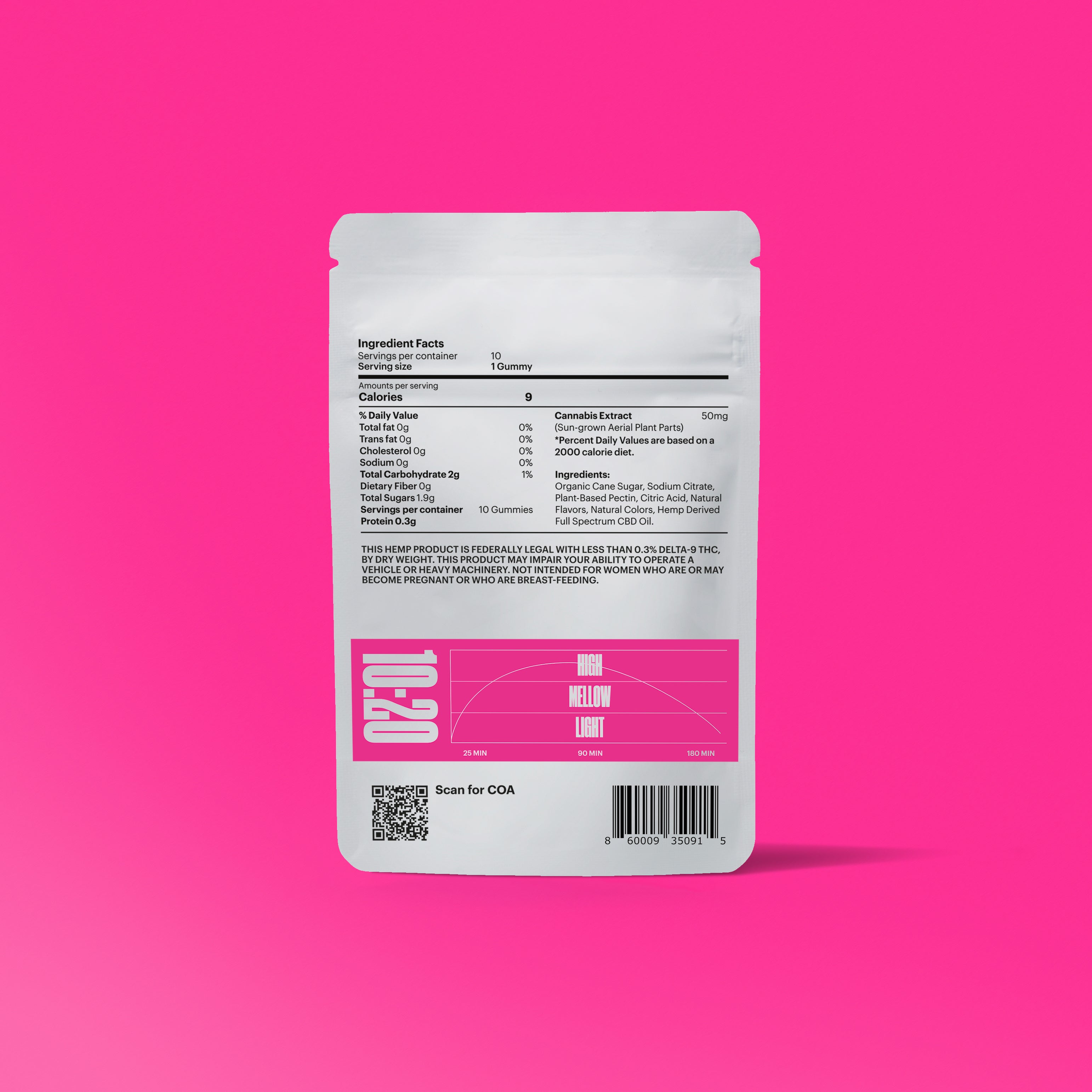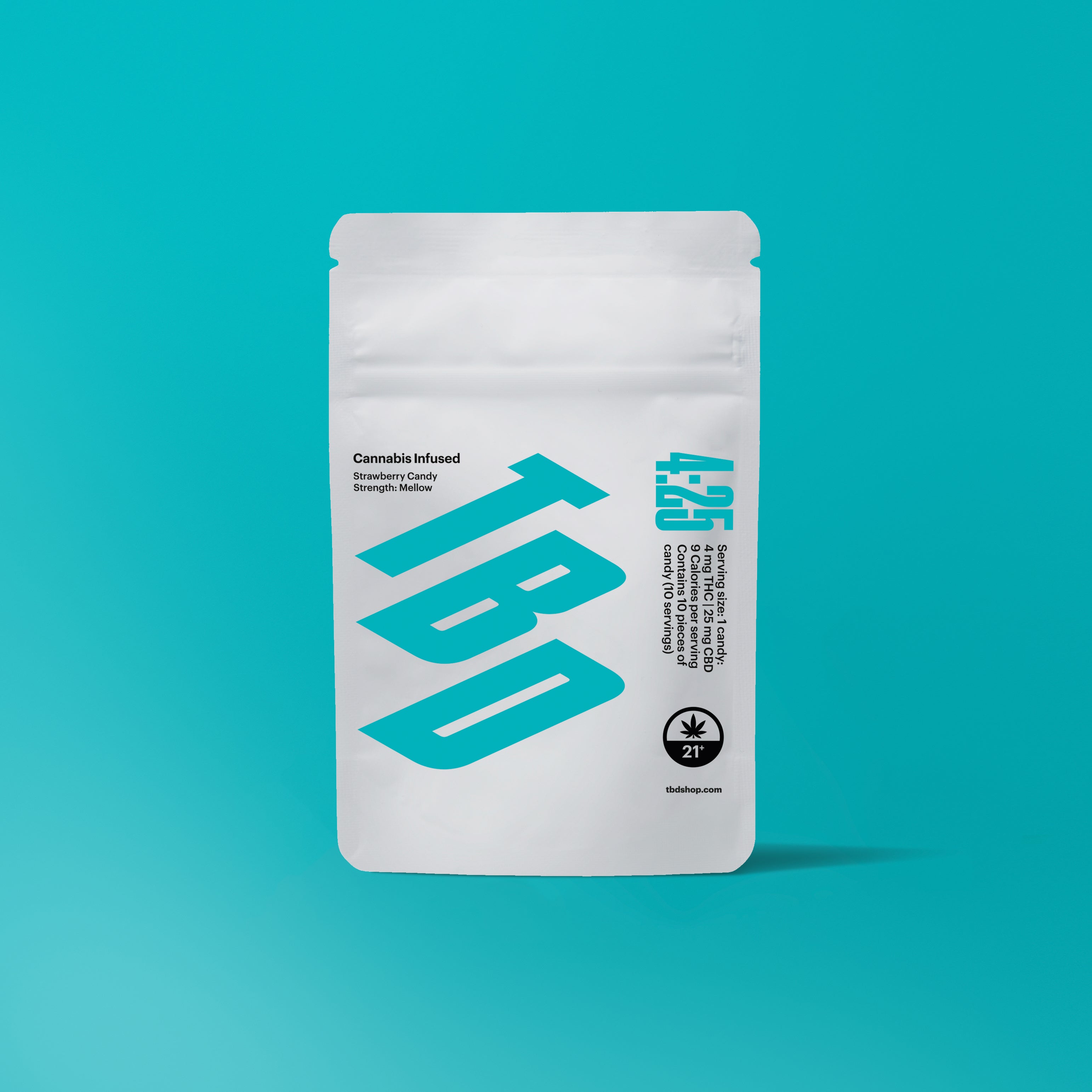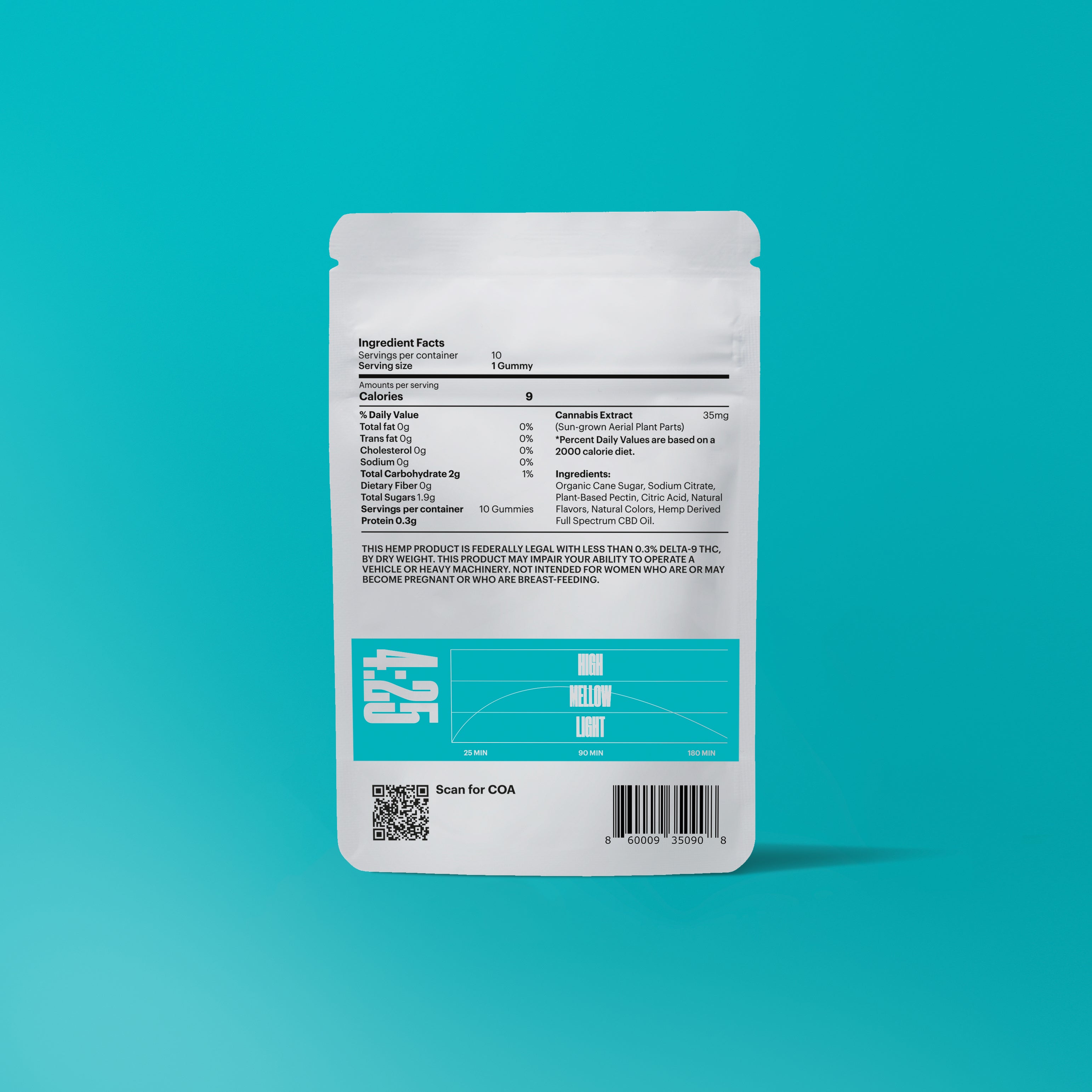How Cannabis Traveled from California’s Underground to the Heart of American Culture
A chronicle in 10 chapters—from borderlands and beat poets to boardrooms and billboards.

The Grass Wakes Up
By the end of the 1940s, grass had found new lungs.
It had never left the kitchens, the clubs, or the hands that kept rhythm under low light. But now it was spreading—into notebooks, into long walks, into the space between a question and the answer that never quite came. It moved from break rooms to boarding houses, from backbeats to basements lined with typewriters.
They didn’t call it cannabis. They called it grass.
It showed up with the poets and the wanderers. The restless ones. The ones who weren’t trying to change the world—they just didn’t believe the one they’d been handed. They rolled their own cigarettes. They slept on couches and bus stations. They wrote to stay alive.
The war was over. The country was clean on the surface. But these men were dirty—boots, fingernails, thoughts. And the grass helped them see the bones beneath the skin of it all.
They would come to be known as the Beats. Not yet famous, not yet branded. Just tired men chasing truth on borrowed time.
***
We were in Denver again, fourth floor or maybe third, who remembers, peeling paint walls and a mattress like a collapsed lung, the window open to the night noise of men coughing and dogs barking and somewhere down Colfax a bottle breaking and Neal, Neal, goddamn beautiful Neal pacing shirtless with his arms raised like a boxer at mass, speaking in great tumbling loops about women and America and stealing tires from the Safeway dock, his words coming like jazz lines—no breaks, no commas, no apologies.
Jack was on the bed, boots still on, knees wide, notebook open like a wound, and I sat on the floor cross-legged with my back against the door so no one could come in, watching him watching Neal, the two of them caught in a feedback loop of fire and ink and whatever else we were chasing back then—meaning, maybe, or the right rhythm for the thing we couldn’t name yet.
There was grass rolled in a yellow paper, half-burnt and glowing in the ashtray someone made out of a chipped teacup. I picked it up, passed it to Jack. He took it without looking, eyes locked on Neal, pen moving like he was trying to take dictation from God.
Neal was riffing hard now—about time and jazz and Jesus, about motel signs and café waitresses and bus station neon, about how the road wasn’t a road but a religion, and we were the saints and sinners both, smoking sacrament, writing scripture on motel stationery with borrowed pens.
I was high but I was clear. The way grass could make you: inside your body and floating above it, electric, clean, wide open. Everything he said sounded true. Everything Jack wrote felt permanent.
And outside the radiator hissed and the city flickered like an old film reel and for a second I believed we were making something that would last, something with wheels and heat and words that could break a man open.
Nobody called it history. It was just a night. But I remember it.
Because that was the first time I saw the road—not on a map, but alive, pacing barefoot across the room, talking faster than breath could carry.
***
The Movement Begins
They went west, east, south, then west again.
From Denver to New York, from the Village to Frisco to Juárez. Hitchhiking. Rail-hopping. Driving night after night with no real destination. And always: the writing, the talking, the passing of a joint between broken sentences.
The names came into focus slowly—Kerouac, Cassady, Ginsberg, Burroughs. None of them started anything on purpose. They just kept moving.
Grass wasn’t new, but it was now part of the vocabulary. Part of the work. Cassady called it “fuel.” Ginsberg smoked while writing longhand letters that would later become poetry. Burroughs wrote Junkie in Mexico City in 1953—typing in clouds of smoke between bar fights and blackout afternoons.
Kerouac moved through jazz clubs and picked up tempo. He talked about Dexter Gordon and Zoot Sims, played Charlie Parker records loud while writing, and once improvised full chapters like a sax solo with words. In 1959, Steve Allen brought Kerouac on national television to read from On the Road over live piano. The rhythm was the point.
The beat poets didn’t just write—they recorded. Kenneth Rexroth and Lawrence Ferlinghetti released jazz-poetry LPs out of San Francisco. Jack Kerouac’s own album, Poetry for the Beat Generation, came out in 1959 with piano backing from Steve Allen. Later came Blues and Haikus, where he read over saxophone lines.
Grass wasn’t a crutch. It was a lens. It didn’t slow them down. It helped them sit still just long enough to listen. You can see it in Kerouac’s notebooks, in Ginsberg’s lines, in the recordings of the early jazz poets echoing through smoky rooms.
It made its way into Howl, into On the Road, into The Yage Letters and Pull My Daisy. It was mentioned in courtrooms and whispered in cafes. It became part of the background noise of the Beat generation—less an act of rebellion, more a way to stay awake.
***
We were packed in shoulder to shoulder at the Six Gallery, elbows brushing, heads craned toward the small platform like it was a launchpad or a guillotine—we couldn’t tell which yet—and the place smelled like red wine and burnt cork and jasmine and the green stink of grass passed from hand to hand without question, without names, just heat and trust.
I remember the light—it wasn’t stage light, it was a single bulb hanging from a cord, trembling every time someone leaned against the wall too hard. There was no stage, not really, just a patch of open floor surrounded by folding chairs and floor-sitters and coat-wearers and barefoot strangers, all pressed together, all waiting.
Rexroth gave the opening nod, a quiet priest with too many loud disciples. Ginsberg stood with the pages in both hands, like he needed to hold them down or they’d fly off and scream without him. He was pale and sweating and luminous, a wild rabbi in corduroy, barefoot, eyes wide, shirt wrinkled like he’d slept in it for a week—and maybe he had.
Kerouac sat on the floor with a jug of wine, already drunk, already ecstatic, already chanting “Go! Go! Go!” before the first word had even left the page.
Someone passed me a joint rolled so loose it sagged in the middle. I took two quick hits, held them, exhaled toward the ceiling, toward the past, toward whatever we were stepping into.
I don’t remember the first line, but I remember the air changing.
I remember the silence breaking like glass.
He read Howl like he was testifying, like his lungs were on fire and the only way to live was to exhale the truth. We didn’t know yet that it would be arrested and dragged into court, that teachers would whisper about it decades later with fear in their throats. All we knew was that something had cracked open and poured out on the floor in front of us, something hot and holy and absolutely American.
We passed the joint again. We howled back.
That night didn’t save anyone, but it gave us permission. To write louder. To be wrong. To be high and sharp and stupid and full of grace. To love ugly things and say their names out loud.
The reading ended. But we didn’t move. We stayed in that room like it would disappear if we stepped outside.
And maybe it did.
***
A New Kind of Attention
They weren’t famous, but they weren’t invisible anymore.
At first, the press didn’t know what to do with them. A few magazine profiles. A local radio interview. A sideways article in a college paper. Then came the controversy—Howl put on trial for obscenity. On the Road reviewed in The New York Times with both admiration and alarm. Readers called it raw, wild, unfinished. That was the point.
Universities started inviting them to speak. Journalists started asking questions they didn’t want to answer. Police started watching who came in and out of certain bookshops.
By 1958, the press had a new word for them: “Beatniks.” A swipe. A cartoon. But the name stuck, even if it missed the point.
The light got brighter. And so did the tension.
Kerouac was restless and already tired. Ginsberg was louder now—clear-eyed, dangerous, inviting. Burroughs was writing and running. Cassady was driving and unraveling.
Grass was with all of them.
It was in the stories and on the breath of every late-night recording. It passed between writers and jazzmen, between drifters and professors, between lovers and strangers sitting cross-legged on linoleum floors.
They called it grass. And when the night was good, they said it made things shine.
The rhythms they followed reshaped the page. Their sentences broke grammar and expectation. The music they played with—bebop, spoken word, jazz poetry—set the tone for what came next. Their names still echo in bookstores and record bins. Ginsberg, Kerouac, Burroughs, Rexroth, Ferlinghetti. They left more behind than they ever planned to.
And the grass that moved through their lungs and lives didn’t stay there. It was passed on—out of the clubs, out of the pages, into neighborhoods, colleges, record shops, living rooms. It was moving now.
It was no longer just smoke. It was a signal.

